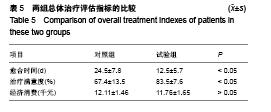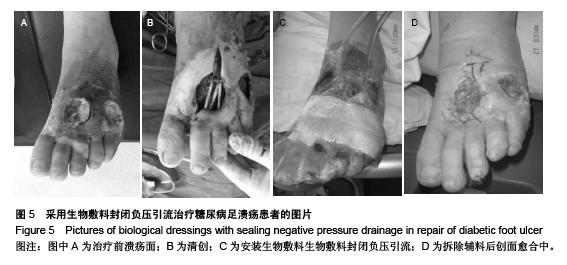| [1] Federer AE,Haughom BD,Levy DM,et al.Blastomyces Tenosynovitis of the Foot and Ankle: A Case Report and Review of the Literature.J Foot Ankle Surg.2015.pii: S1067-2516(15)00177-5.
[2] Avrahami R,Rosenblum J, Gazes M,et al.The Effect of Combined Ultrasound and Electric Field Stimulation on Wound Healing in Chronic Ulcerations.Wounds. 2015;27(7): 199-208.
[3] Hegewald KW,Wilder ML,Chappell TM,et al.Combined Internal and External Fixation for Diabetic Charcot Reconstruction: A Retrospective Case Series.J Foot Ankle Surg. 2015. pii: S1067-2516(15)00179-9.
[4] Desman E,Bartow W,Anderson LH.Human Skin Allograft for Patients With Diabetic Foot Ulcers, Venous Leg Ulcers, or Surgical/Traumatic Wounds Retrospective, Descriptive Study.Ostomy Wound Manage. 2015;61(7):16-22.
[5] Crawford F,Cezard G,Chappell FM,et al.A systematic review and individual patient data meta-analysis of prognostic factors for foot ulceration in people with diabetes: the international research collaboration for the prediction of diabetic foot ulcerations (PODUS).Health Technol Assess.2015;19(57): 1-210.
[6] Armstrong DG,Hurwitz BL, ipsky BA.Set Phages to Stun: Reducing the Virulence of Staphylococcus aureus in Diabetic Foot Ulcers.Diabetes.2015;64(8):2701-2703.
[7] Huang ET,Mansouri J,Murad MH,et al.A clinical practice guideline for the use of hyperbaric oxygen therapy in the treatment of diabetic foot ulcers.Undersea Hyperb Med. 2015;42(3):205-247.
[8] Huang E.Adjunctive hyperbaric oxygen therapy for diabetic foot ulcers: An editorial perspective.Undersea Hyperb Med. 2015;42(3):177-181.
[9] Delea S,Buckley C,Hanrahan A,et al.Management of diabetic foot disease and amputation in the Irish health system: a qualitative study of patients' attitudes and experiences with health services.BMC Health Serv Res.2015;15:251.
[10] Langer V,Bhandari PS,Rajagopalan S,et al.Negative pressure wound therapy as an adjunct in healing of chronic wounds.Int Wound J.2015;12(4):436-442.
[11] Qu J,Yan R,Wang L,et al.Free dermatoplasty combined with vacuum sealing drainage for the treatment of large-area soft tissue defects accompanied by bone exposure in the lower leg.Exp Ther Med.2013;5(5):1375-1380.
[12] Yang YH,Jeng SF,Hsieh CH,et al.Vacuum-assisted closure for complicated wounds in head and neck region after reconstruction.J Plast Reconstr Aesthet Surg. 2013;66(8): e209-216.
[13] Liu L,Tan G,Luan F,et al.The use of external fixation combined with vacuum sealing drainage to treat open comminuted fractures of tibia in the Wenchuan earthquake.Int Orthop.2012; 36(7):1441-1447.
[14] Beno M,Martin J,Hatzl J.Vacuum sealing in the treatment and prevention of prosthetic infections--a case review.Rozhl Chir. 2010;89(8):508-512.
[15] Moch D,Fleischmann W,Russ M.The BMW (biosurgical mechanical wound treatment) in diabetic foot.Zentralbl Chir.1999;124 Suppl 1:69-72.
[16] Lazzarini PA,O'Rourke SR,Russell AW,et al.Reduced Incidence of Foot-Related Hospitalisation and Amputation amongst Persons with Diabetes in Queensland, Australia. PLoS One.2015;10(6):e0130609.
[17] Shaked G,Czeiger D,Abu Arar A,et al.Intermittent cycles of remote ischemic preconditioning augment diabetic foot ulcer healing.Wound Repair Regen. 2015;23(2):191-196.
[18] Lew EJ,Mills JL Sr,Armstrong DG.The deteriorating DFU: prioritising risk factors to avoid amputation.J Wound Care. 2015;24(5 Suppl 2):31-37.
[19] Chadwick P,McCardle J.Assessing infected ulcers: a step-by-step guide.J Wound Care.2015;24(5 Suppl 2):15-19.
[20] Shi B,Sun J,Cao Y,et al.Application of vacuum sealing drainage to the treatment of seawater-immersed blast-injury wounds.Int Wound J.2015.doi: 10.1111/iwj.12444.
[21] Wang J,Zhang H,Wang S.Application of vacuum sealing drainage in the treatment of internal fixation instrument exposure after early postoperative infection.Minerva Chir. 2015;70(1):17-22.
[22] Tang J, Guo WC, Yu L,et al.Clinical efficacy of artificial skin combined with vacuum sealing drainage in treating large-area skin defects.Chin J Traumatol. 2010;13(5):289-292.
[23] Sermoneta D,Di Mugno M,Spada PL,et al.Intra-abdominal vacuum-assisted closure (VAC) after necrosectomy for acute necrotising pancreatitis: preliminary experience.Int Wound J. 2010;7(6):525-530.
[24] Williams ML, Holewinski JE.Use of a human acellular dermal wound matrix in patients with complex wounds and comorbidities.J Wound Care.2015;24(6):261-262,264-267.
[25] Ruppert V.Commentary on 'Strategies for Free Flap Transfer and Revascularisation with 10 Year Outcome in the Treatment of Large Diabetic Foot Lesions'.Eur J Vasc Endovasc Surg. 2015;50(2):231.
[26] Wu L, Hou Q, Zhou Q,et al.Prevalence of risk factors for diabetic foot complications in a Chinese tertiary hospital.Int J Clin Exp Med.2015;8(3):3785-3792.
[27] Chiwanga FS, Njelekela MA.Diabetic foot: prevalence, knowledge, and foot self-care practices among diabetic patients in Dar es Salaam, Tanzania - a cross-sectional study. J Foot Ankle Res.2015;8:20.
[28] Ghaderian SB,Hayati F,Shayanpour S,et al.Diabetes and end-stage renal disease; a review article on new concepts.J Renal Inj Prev.2015;4(2):28-33.
[29] Rankin TM,Miller JD,Gruessner AC,et al.Illustration of Cost Saving Implications of Lower Extremity Nerve Decompression to Prevent Recurrence of Diabetic Foot Ulceration.J Diabetes Sci Technol.2015;9(4):873-880.
[30] Rerkasem K,Kosachunhanun N,Sony K,et al. Underrecognized Peripheral Arterial Disease in Patients With Diabetes Mellitus in Thailand: We Must Consider Neuroischemic Foot Ulcers From This Fallout.Int J Low Extrem Wounds.2015;14(2):132-135.
[31] Butt DA,Hester T,Bilal A,et al.The medial column Synthes Midfoot Fusion Bolt is associated with unacceptable rates of failure in corrective fusion for Charcot deformity: Results from a consecutive case series.Bone Joint J.2015;97-B(6):809-813.
[32] Rodgers KE,Bolton LL,Verco S,et al. NorLeu<sup>3</sup> -Angiotensin (1-7) [DSC127] as a Therapy for the Healing of Diabetic Foot Ulcers.Adv Wound Care (New Rochelle). 2015; 4(6):339-345.
[33] Harindhanavudhi T,Parks A,Mauer M,et al.Podocyte Structural Parameters Do Not Predict Progression to Diabetic Nephropathy in Normoalbuminuric Type 1 Diabetic Patients. Am J Nephrol.2015;41(4-5):277-283.
[34] Marx RC,Mizel MS.What's New in Foot and Ankle Surgery.J Bone Joint Surg Am. 2015;97(10):862-868.
[35] Caruana L,Formosa C,Cassar K.Prediction of wound healing after minor amputations of the diabetic foot.J Diabetes Complications.2015;29(6):834-837. |

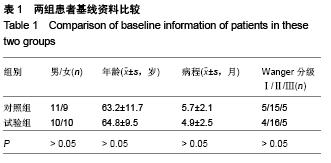
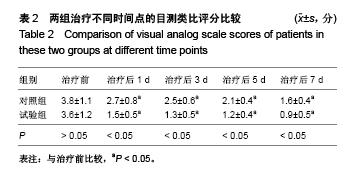
.jpg)
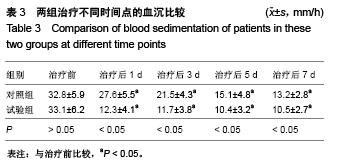
.jpg)
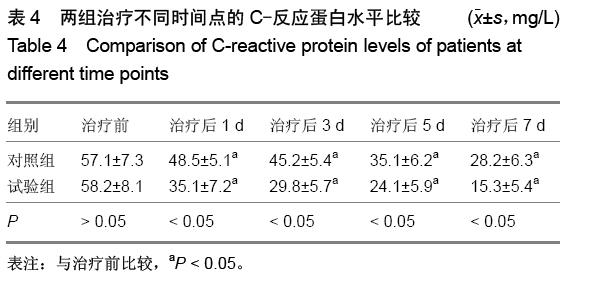
.jpg)
